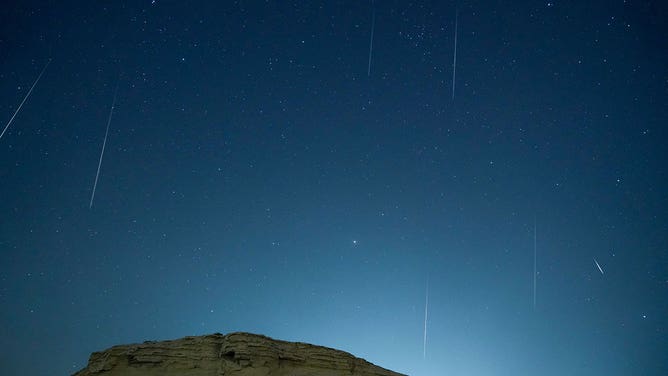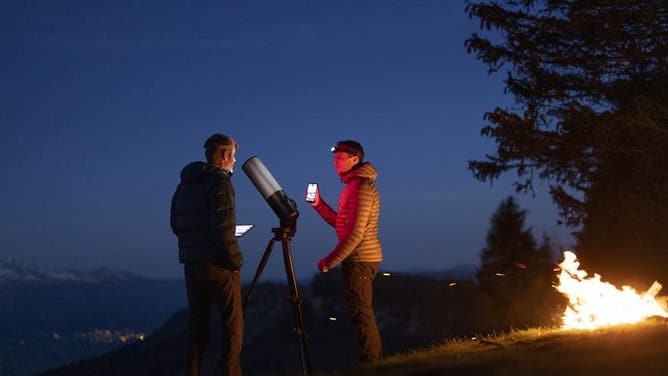Prepare for the final full Moon of the year near Christmas and the Geminid Meteor Shower peak closing out 2023.
The Geminid meteor shower, which is known as one of the best meteor showers of the year, occurs in December when Earth passes through the particles and pieces of asteroid 3200 Phaethon.
According to NASA, the Geminids are distinct as they are associated with an asteroid rather than a comet. However, 3200 Phaethon is a peculiar object that astronomers are still trying to define.
Astronomers suggest that Phaethon acts like a comet by brightening and forming a tail when it’s closest to the Sun. However, a study published in April reveals that the asteroid’s tail is unusual because it’s made of sodium gas, unlike the dusty tail of a typical comet.
An upcoming Japanese spacecraft mission called DESTINY+ might provide answers during its flyby of the asteroid.
NASA indicates that 3200 Phaethon could possibly be a “dead comet” or a new kind of object called a “rock comet.” For now, it is classified as an asteroid.
DECEMBER STARGAZING GUIDE: GEMINID METEORS, CHRISTMAS FULL MOON AND STAR-MOON PAIRINGS

A meteor streaks across the night sky in Bazhou, Xinjiang Province, China, in the early morning of December 14, 2021.
(Xue Bing / Costfoto / Future Publishing / Getty Images)
The Geminid meteor shower will take place this year from Dec. 4-17, with the peak expected on Dec. 13 and 14. The phenomenon could see the skies light up with 150 meteors per hour under ideal conditions.
The name of the meteor shower is derived from the Gemini constellation, but the meteors do not originate from it; they simply appear to radiate from the constellation.
How to observe the Geminid meteor shower
Clear skies free from haze and light pollution provide the best viewing conditions for stargazers.
For optimal meteor spotting, it’s recommended to find a dark sky away from city lights. Allow your eyes around 40 minutes to adjust to the darkness.

Astronomers using a telescope.
(Unistellar / FOX Weather)
NASA’s Gordon Johnston explains the importance of having a wide view of the sky and giving your eyes time to adjust.
During some meteor showers, the Moon can overshadow the spectacle. For this year’s Geminids, a waxing crescent Moon on Dec. 13 is unlikely to hinder stargazers’ view, with only 1-3% of the Moon’s light shining in the sky between Dec. 13 and 14.
According to NASA, the best time to start looking for Geminids on the East Coast is after 8:30 p.m. on Dec. 13.


